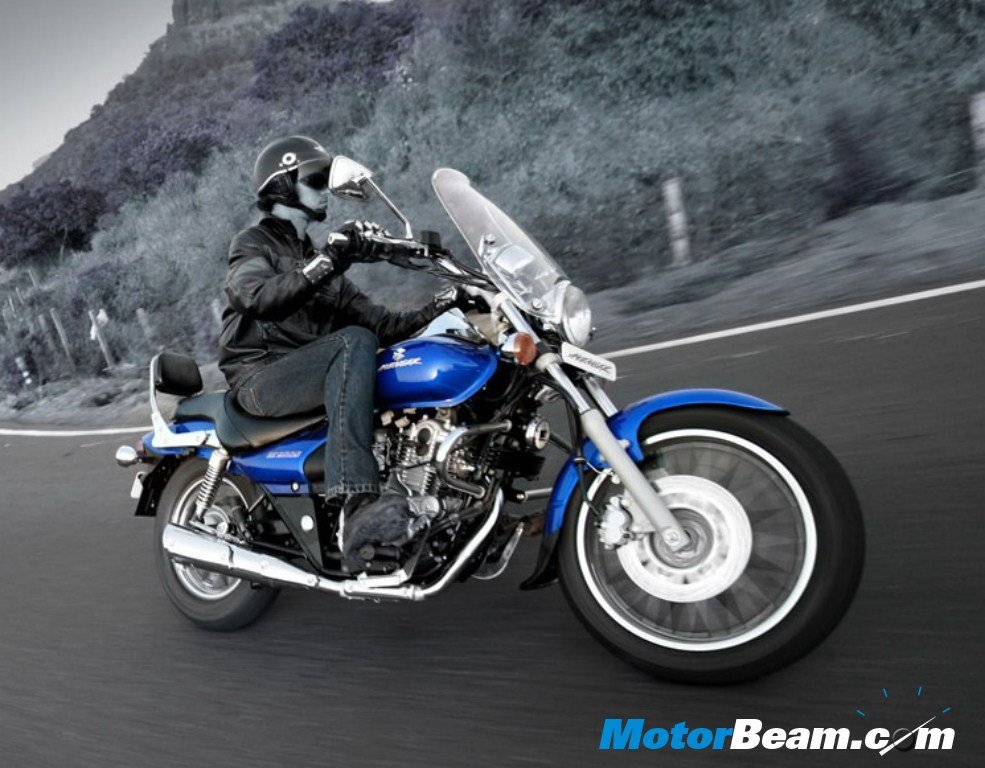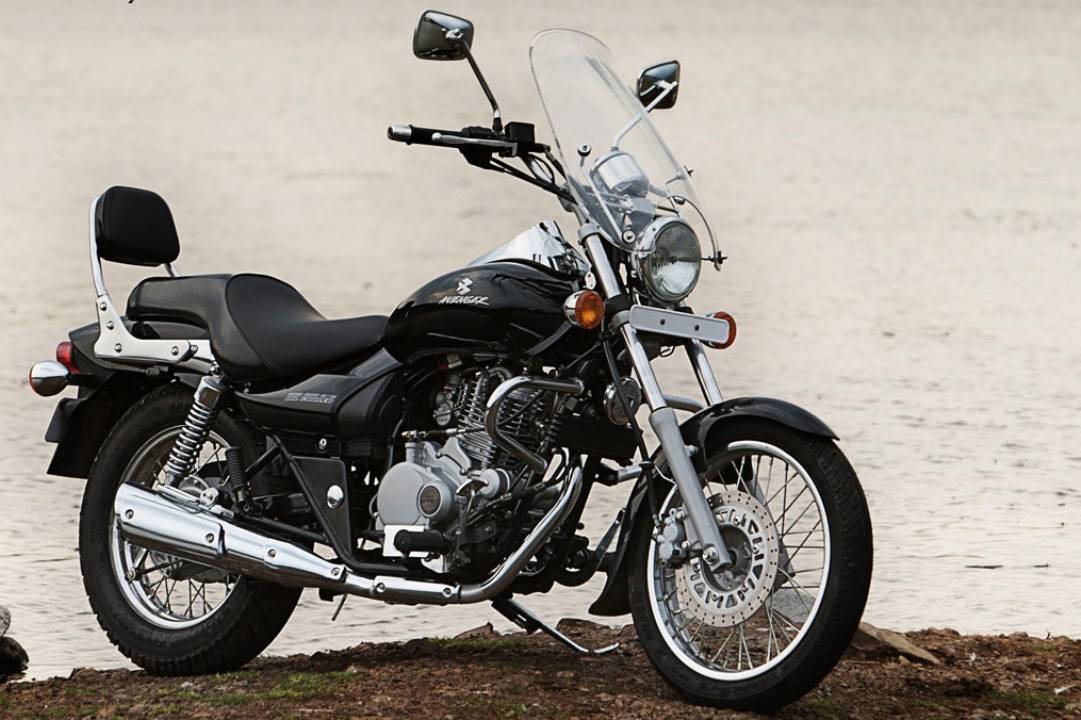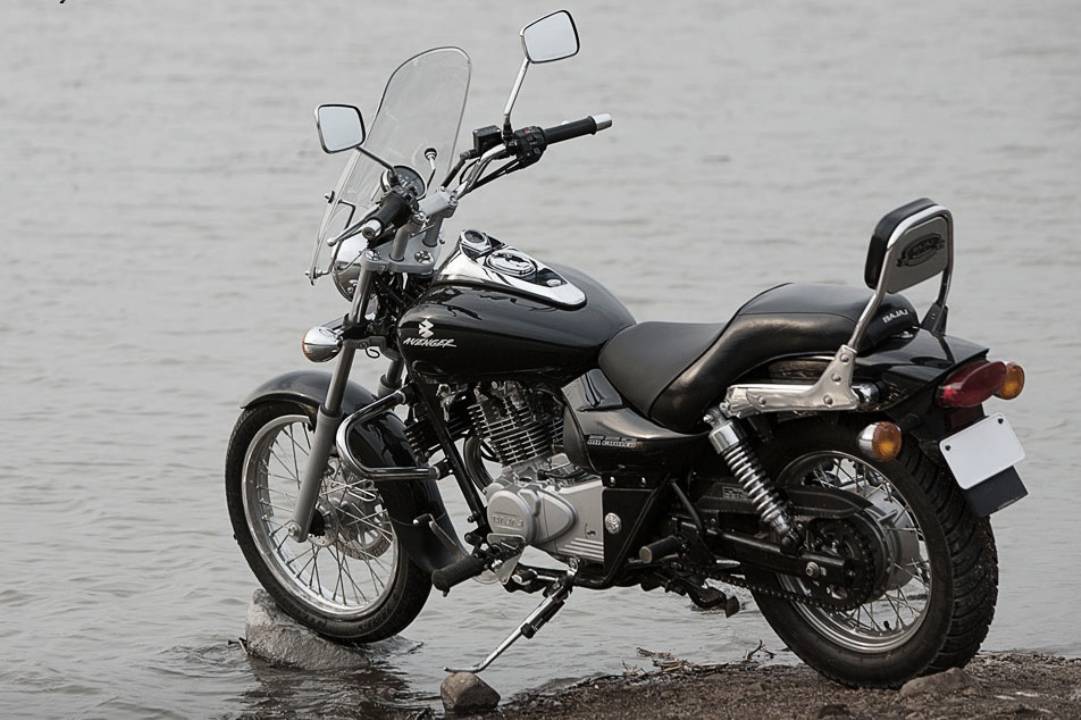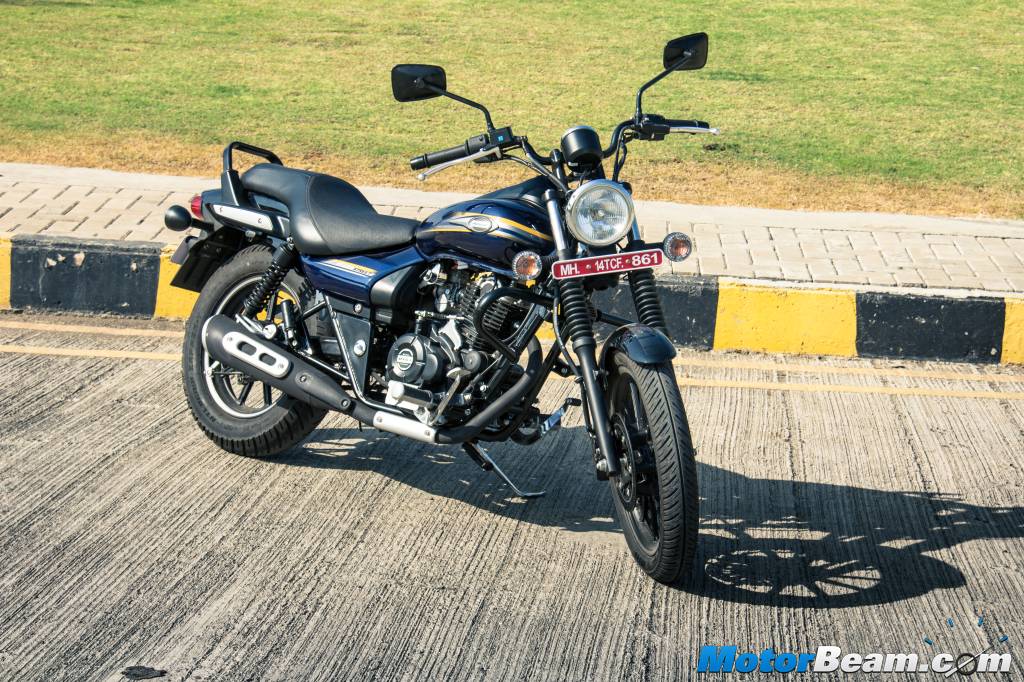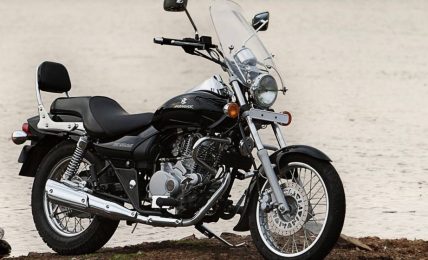Bajaj Auto recently unveiled the Pulsar 200 NS, which uses an all new triple spark engine. After the unveil of the P200 NS happened, there have been talks of what will follow. A full faired version of the Pulsar 200 NS has been confirmed, so has the launch of the Pulsar 350 in 2013. Smaller Pulsars will be launched too in their second generation avatar, using parts and technology from the Pulsar 200 NS. But among all this Pulsar talk, we seem to have forgotten the good old Bajaj Avenger, which is a very commendable motorcycle in its own right.
Now this is pure speculation but Bajaj Auto will eventually upgrade the Avenger with the Pulsar 200 NS’ engine. The two-wheeler major has done it before too with the Pulsar 220’s engine finding way into the Avenger. The Bajaj Avenger uses the Pulsar 220’s 219.89 cc motor to produce 19 PS of power at 8400 RPM and 17.5 Nm of torque at 7000. This is marginally lesser than the Pulsar 220 which produces 20.8 BHP at 8500 RPM and 19.12 Nm at 7000 RPM.
Now what Bajaj Auto might do is put the Pulsar 200 NS’ 199.5 cc engine into the Avenger. This 3-spark, liquid cooled unit features 4-valve technology and could give a tremdous boost to the performance of the Avenger. We can expect around 23 BHP of power and 18 Nm of torque on the Avenger, which will make the cruiser quite quick for its size and price. The Avenger has a 14-litre fuel tank, including a 3.4 litre reserve, which will be ample for long distance cruising (if Bajaj Auto’s claim of 58 km/l mileage at a speed of 55 km/h is to be believed).
With 260 mm discs at the front and 130 mm drum at the rear, brakes of the Avenger are good. The Avenger runs on 90/90 x 17 tyres at the front and 130/90 x 15 tyres at the rear. The suspension is telescopic and hydraulic shock absorber and the adaptation of a monoshock will make a tremendous difference to the bike. At a weight of 154.4 kgs, the Avenger is not really heavy. The 60/55 w headlamp are good for the highways. Can Bajaj start a motorcycle revolution for cruisers?


